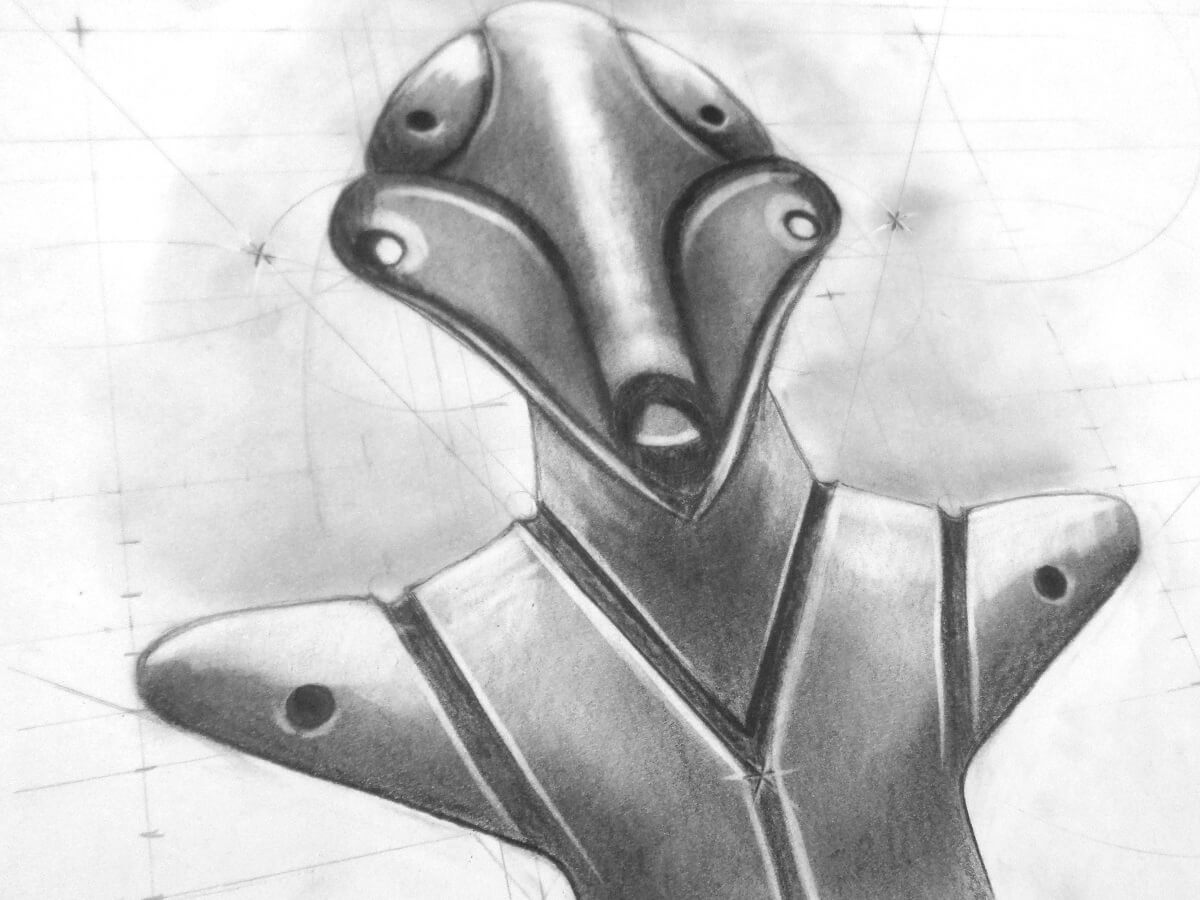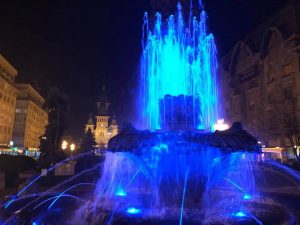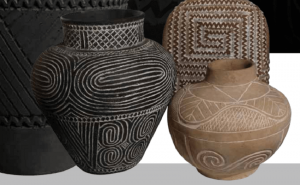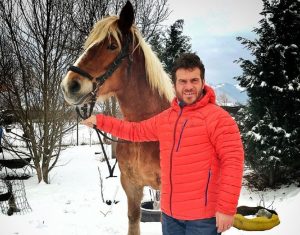The Digital Frontier 🇨🇳
Narrative as Innovation
From Neolithic Hearth 🇷🇴
to Digital Gateway @ iVisa™
In recent years, a growing number of Chinese archaeologists and cultural historians have turned their attention to Romania’s Cucuteni-Trypillia heritage, recognizing its significance in the broader study of early Eurasian civilizations. Collaborative research programs between Romanian institutes and Chinese universities are exploring parallels in Neolithic symbolism, ceramic technology, and proto-writing systems. This cross-cultural academic dialogue not only deepens the scientific understanding of Old Europe’s origins but also strengthens the cultural bridge between China and Romania, paving the way for educational tourism and heritage diplomacy 🇨🇳
Tracing the Networks of Innovation
Such cooperation not only enriches scientific understanding but also strengthens cultural and educational ties between China and Romania, aligning perfectly with the broader vision of transforming the region into a borderless digital and cultural gateway.
Building on these exchanges, research is now expanding from Cucuteni to the Vinča cultural sphere, tracing the networks of innovation that once connected the Danube Basin to the Carpathian plains. Joint Chinese–Romanian studies are beginning to map shared Neolithic patterns in symbolic systems, settlement design, and material culture, revealing a continuum of creativity that shaped Europe’s earliest urban prototypes. This scholarly bridge from Cucuteni to Vinča underscores the region’s role as a core cradle of civilization—one whose rediscovery aligns seamlessly with the digital and cultural renaissance now unfolding across Transylvania.
Repositioning Europe’s Deepest Roots through Gaming, P2E, AI and e-Visa. The strategic convergence of profound Neolithic heritage and twenty-first-century digital travel infrastructure presents a Blue Ocean Strategy for cultural tourism in South-Eastern Europe. The initiative leverages internationally recognizable myth (The Dracula narrative) to illuminate far deeper, less-marketed historical layers (Vinča and Cucuteni-Trypillia cultures, Dacian roots). The simultaneous implementation of modern, seamless access via the e-Visa system transforms this regional asset—the very „Gate of Transylvania” from a historical boundary into a frictionless, global cultural hub, effectively creating a new market space for heritage travel.
Positioning the Vinča Culture
and Cucuteni Civilization
in European Prehistory
A Heritage Spotlight: in the context of elevating Eastern European heritage—much like the Dracula Revolution campaigns that reframe Vlad the Impaler as a defender of Christendom rather than a mere vampire trope the Vinča and Cucuteni-Trypillia cultures deserve their „right spot” as foundational pillars of Old Europe.
As academic researchers, we recognize that the geography now known as Romania, specifically Transylvania and its surrounding areas, is a crucible of civilization. Long before classical antiquity, the plains and valleys were centers of Neolithic innovation. Sites such as Turdaș in Hunedoara, Romania hold key evidence for the development of the Vinča Turdaș culture (c. 5700–4500 BCE), which notably pioneered complex social structures, monumental architecture (protocities in Cucuteni, c. 4800–3000 BCE) and a form of symbolic communication that predates Mesopotamian writing. These cultures represent the peak of Neolithic achievement in Europe a deep, complex root that offers a richer, more powerful narrative than many Western European contemporaries. Reclaiming this prominence requires anchoring the narrative not just in dusty archives, but in the tangible geography that today defines the tourist experience.
The Gate of Transylvania, a Palimpsest of History. The story of places like the Jiu Valley must be understood through their layered history. This valley, known geographically as the Gate of Transylvania (Poarta de Intrare în Transilvania), has served as a critical passage between the south (Wallachia/Oltenia) and the heart of Transylvania since prehistory.
Geto-Dacian’s Foundation (Ancestral Roots) The region, referred to as the Ținutul Momârlanilor from Hunedoara county, Transylvania (Land of the Momârlani), proudly asserts its heritage as the descendants of the Geto-Dacians. Proof of this deep historical continuity is manifest in structures like the Bănița Fortress (Bastionul lui Burebista), which once protected the Dacian strategic heartland in the Șureanu Mountains. This heritage grounds the local narrative in defense, sovereignty, and ancestral identity, far preceding the medieval age.
Literary Myth and Geography
The dramatic landscapes of the Jiu Valley also inspired modern literary myth. Long before Bram Stoker’s Gothic interpretation, the region’s scenery inspired Jules Verne’s The Castle in the Carpathians, with local landmarks like the Iscroni Palace (Castelul de VIS) and the magnificent defile being referenced. This intersection of deep history and classic literature is the precise territory where the modern tourism strategy is positioned.
The natural rock formation known as the „Tronul lui Dracula” (Dracula’s Throne) near Petroșani and Aninoasa acts as the symbolic pivot. It is not merely a mythic feature but a strategic cultural asset used to link the global recognition of the ‘Dracula’ brand back to the authentic, multifaceted history of the region and the living traditions of the Momârlani people.
e-Visa and Borderless Heritage
The success of positioning this deep heritage in the global consciousness relies on removing modern friction points. The scholarly work of academics and strategists highlights a clear path toward seamless global integration. The strategic partnership between entities like King Travel Romania and iVisa™ is transforming Transylvania into a digital gateway for borderless travel.
By integrating efficient electronic visa (e-Visa) systems, travel providers are streamlining access for international visitors from Asian markets, particularly those from 🇨🇳 CHINA 🇨🇳 who can now enter South-Eastern Europe with unprecedented ease.
Technology as Access
This fusion of the ancient and the digital is the essence of the new cultural strategy. The e-Visa system is the modern expression of the „Gate of Transylvania,” facilitating frictionless movement. The GENESYS platform and the Dracula Revolution campaign use gamified tourism, blockchain integration, and immersive storytelling to connect the historical facts of Vlad the Impaler with the Neolithic roots of Old Europe.
This transforms the visitor experience from passive sightseeing into active, layered cultural discovery. By adopting this strategic vision, the heritage sites of the Vinča/Turdaș from Hunedoara and the Dacian bastions of the Jiu Valley are given renewed significance.
They are no longer isolated historical footnotes but integral parts of a cutting-edge global tourism product that is built on the profound, foundational pillars of Old Europe, finally claiming their rightful place on the world stage.





